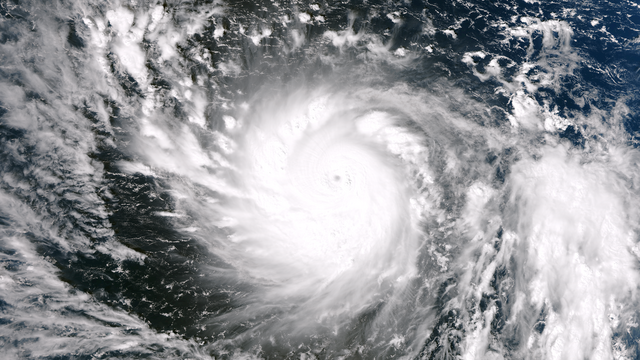The Facts
Guam — the remote Pacific Island territory of the US — is bracing for a direct hit from the intensifying Super Typhoon Mawar. On Tuesday, the cyclone was 195 miles southeast of the island and is expected to make landfall as a Category 4 storm packing up to 150 mph (241 kph) winds.
In addition to high winds, the storm is expected to bring a deluge of rain that will cause catastrophic flooding, with the National Weather Service (NWS) in Guam directing residents to remain "in a solid, reinforced concrete structure."
The Spin
Narrative A
Climate change is real and it's happening before our eyes. The warming climate is increasing the temperatures in the oceans. This blistering hot water is fueling hurricanes and cranking up the energy that results in devastating winds and pounding surf. The natural variables that slow storms down and limit strengthening are weakening, again due to changes in our climate. The good news is that as storms continue to increase in frequency and magnitude our tools for tracking and monitoring are growing more accurate. If we aren't going to limit the earth's warming we can at least adequately warn people who are in the impact zone.
Narrative B
It's easy to dismiss any extreme weather event as a consequence of human-induced climate change, but in reality they're usually influenced by a myriad of factors that have nothing to do with it. The history of this planet shows that temperatures fluctuate in cyclical patterns and the changes we see are not necessarily out of the ordinary. More research is needed before we can establish any direct causal link between the two.
